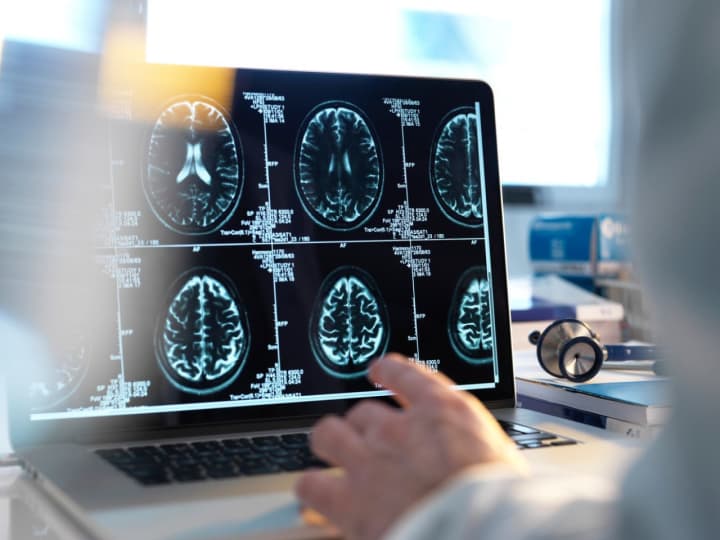According to the American Stroke Association, stroke is the fifth leading cause of death, and a leading cause of long-term disability, in the United States. Nearly 800,000 Americans suffer a stroke each year.
Strokes can happen to anyone, of any age, and at any time. Symptoms of stroke occur suddenly and, depending on which part of the brain is injured, may cause paralysis, impaired speech, sudden severe headache, impaired vision, loss of balance or even loss of consciousness.
To familiarize yourself with the warning signs, remember the acronym B.E.F.A.S.T.
- B= Balance. Did they suddenly lose their balance and are unable to walk steadily?
- E= Eyes. Did they suddenly experience a change in vision?
- F = Face Drooping. Does one side of the face droop or become numb?
- A = Arm Weakness. Is one arm weak or numb?
- S = Speech Difficulty. Is their speech slurred?
- T = Time to Call 911. If they show any of the signs above, call 911!
Less common but important stroke symptoms to recognize include sudden unexplained vomiting, sudden onset confusion, or sudden severe headache with no known cause.
When someone is experiencing a stroke, every minute counts. Our team at Phelps prioritizes every patient who arrives with signs of stroke, providing immediate evaluation, imaging, and treatment. Acute treatment for stroke is determined by early diagnostic imaging you receive when you arrive in the emergency room.
There are two types of stroke; ischemic stroke is due to obstruction of a blood vessel, and accounts for 87% of stroke cases in the U.S. The rupture of a blood vessel leads to a hemorrhagic stroke. At Phelps Hospital, we provide the leading treatment for each type of stroke. Research shows that receiving treatment at a designated Stroke Center such as Phelps Hospital increases your chances of receiving emergent stroke therapies that can reverse or limit the degree of brain injury.
Despite its impact, there is still life to be lived after a stroke. It is important to receive continuous follow-up treatment with your doctors to identify the cause for your stroke and target your individual risk factors.
During this time, rehabilitation is most effective, and doctors can fully understand a patient’s personalized recovery needs. In addition, the leading risk factors for stroke include high blood pressure, high cholesterol, smoking, obesity, and diabetes. Getting appropriate treatment for these conditions in conjunction with lifestyle changes can markedly reduce your risk for stroke.
Phelps Hospital is officially designated as a Stroke Center by the New York State Department of Health, and has been recognized with “GOLD PLUS” for the 11th year in a row by the American Heart Association and American Stroke Association for providing the latest evidence-based treatment for best patient care and outcomes in its community. For more information on stroke care, visit phelps.northwell.edu/emergency-department/stroke or call (914)-366-5300.


